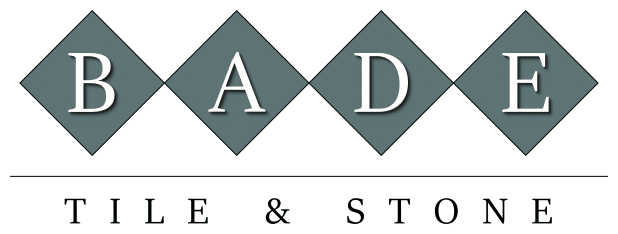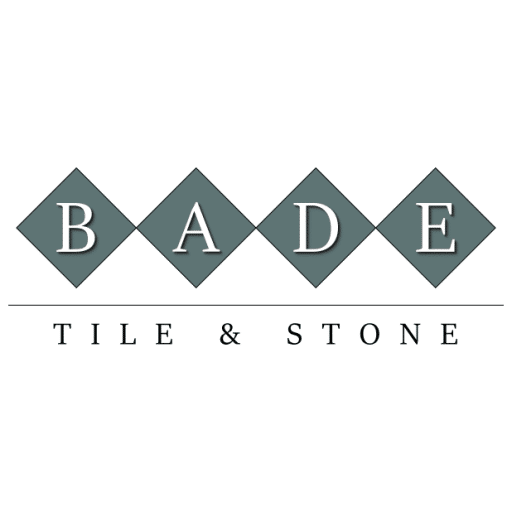As a proud member of the National Tile Contractors Association (NTCA), Bade Tile & Stone is committed to promoting and implementing eco-friendly practices in our tile installations. We believe in the importance of sustainable building and are dedicated to following the guidelines set forth by the Tile Council of North America (TCNA) and the NTCA. This article will delve into the world of green building standards and eco-friendly product selection, with a particular focus on tile installations.
Building Green with Sustainable Tiles
The concept of green building is multifaceted, encompassing a wide range of attributes and considerations. While some projects aim for certification or compliance with green building standards, others are initiated for tax incentives, operational cost savings, or simply out of a commitment to environmentally responsible practices.
Product selection plays a crucial role in green building. The sustainability of a product involves more than just its recycled material content or energy efficiency. It’s important to consider the environmental and social impacts of a product, as well as the transparency of its environmental information when evaluating its true sustainability.
The TCNA handbook, provides a comprehensive guide on green building standards and green product selection. It emphasizes the importance of using installation guidelines in conjunction with products that meet the Green Squared standard to achieve durable, long-lasting assemblies that are truly sustainable.
Green Squared: The Multi-Attribute Product Sustainability Standard
The tile industry has considered a host of sustainability criteria in creating the wide-ranging multi-attribute product sustainability standard, ANSI A138.1. This standard establishes requisite and elective criteria for sustainable tiles and installation materials, including social and environmental criteria. It is the first multi-attribute product sustainability standard to encompass a full range of products within an industry.
The TCNA developed the Green Squared certification program as a way for specifiers and consumers to easily determine which products meet ANSI A138.1. Tile and installation materials labeled with the Green Squared Certified mark meet ANSI A138.1, as certified by one of two credible and widely recognized certification bodies.
The use of Green Squared Certified products helps earn and/or directly contributes toward points in several green Building codes, standards, and rating systems, including the National Green Building Standard (ICC 700), Leadership in Energy and Environmental Design (LEED), the International Green Construction Code IgCC powered by ANST/ASHRAE/ICC/USGBCITES Standard 189.1 (IgCC/Standard 189.1), Green Globes for New Construction, and the General Services Administration’s Facilities Standards (GSA P-100).
Understanding the Environmental Impacts of Products
An Environmental Product Declaration (EPD) provides a comprehensive overview of how a product impacts the environment. It offers transparency and informs specifiers and design professionals about a product’s sustainability.
Industry-wide EPDs are publicly available for North American-made ceramic tile, for North American-made cement mortar for tile installation, and for North American-made cement grout for tile installation. The combined use of EPDs for tile, mortar, and grout provides specifiers and design professionals data needed to evaluate and understand the environmental footprint of a full assembly.
Additional Green Tile and Installation Material Considerations
The TCNA handbook also outlines additional considerations for green tile and installation materials. These include recycled content, regional availability, indoor air quality, exterior contribution, cleaning and maintenance, cleanliness and sterility, durability, life cycle performance, energy reduction, and innovation.
For example, tile products manufactured with indigenous raw materials and within close proximity of building sites can help reduce overall energy consumption and air pollution. Ceramic and porcelain tiles have zero VOCs (volatile organic compounds), contributing to good indoor air quality. Light-colored tiles used for site hardscaping can lower a site’s heat absorption or heat island effect.
Ceramic tile’s easy maintenance generally eliminates the need for harsh cleaning chemicals. They are inherently inhospitable to mold, germs, and bacteria and do not harbor dust mites, making tile ideal for people with allergies or asthma. The durability of tile products contributes to the inherent sustainability of tile installations, reducing the frequency of replacement and the associated environmental impact.
Tile finishes can contribute to the energy efficiency of a building in many ways. By their nature, tile products have exceptional thermal mass that allows them to store and release heat. Innovative technologies, such as radiant heating systems, ventilated façades, and photovoltaic products, can help improve energy efficiency to lower a building’s energy footprint, reduce operational costs, and help meet energy reduction targets in LEED, ICC 700, Green Globes, and IgCC/Standard 189.1 projects.
Common Green Building Standards and Rating Systems
The most common green building standards and rating systems include LEED (Leadership in Energy and Environmental Design), ICC 700 (National Green Building Standard), Green Globes, IgCC/Standard 189.1 (International Green Construction Code), and GSA P-100 Facilities Standards. These standards provide a framework for builders, owners, and tenants to evaluate the impact of their design on energy and environmental issues.
The Role of Bade Tile & Stone in Promoting Green Building
At Bade Tile & Stone, we are committed to promoting and implementing eco-friendly practices in our tile installations. We believe in the importance of sustainable building and are dedicated to following the guidelines set forth by the TCNA and the NTCA. We are proud to offer a wide range of Green Squared Certified products that meet ANSI A138.1, contributing to the sustainability of our projects and the buildings we work on.
We also understand the importance of transparency in our operations. That’s why we provide EPDs for our products, offering a comprehensive overview of how our products impact the environment. We believe that this transparency is crucial for our customers and for the industry as a whole.
In addition to our commitment to green building, we also strive to stay informed about the latest trends and developments in the industry. We regularly review publications like Tile Letter magazine and TILE magazine as well as others to stay up-to-date with the latest news and research in the field of tile installations.
In conclusion, green building is not just a trend, but a necessary shift in the construction industry. As a member of the NTCA and a follower of the TCNA guidelines, Bade Tile & Stone is proud to be part of this movement toward a more sustainable future.
Sources

















